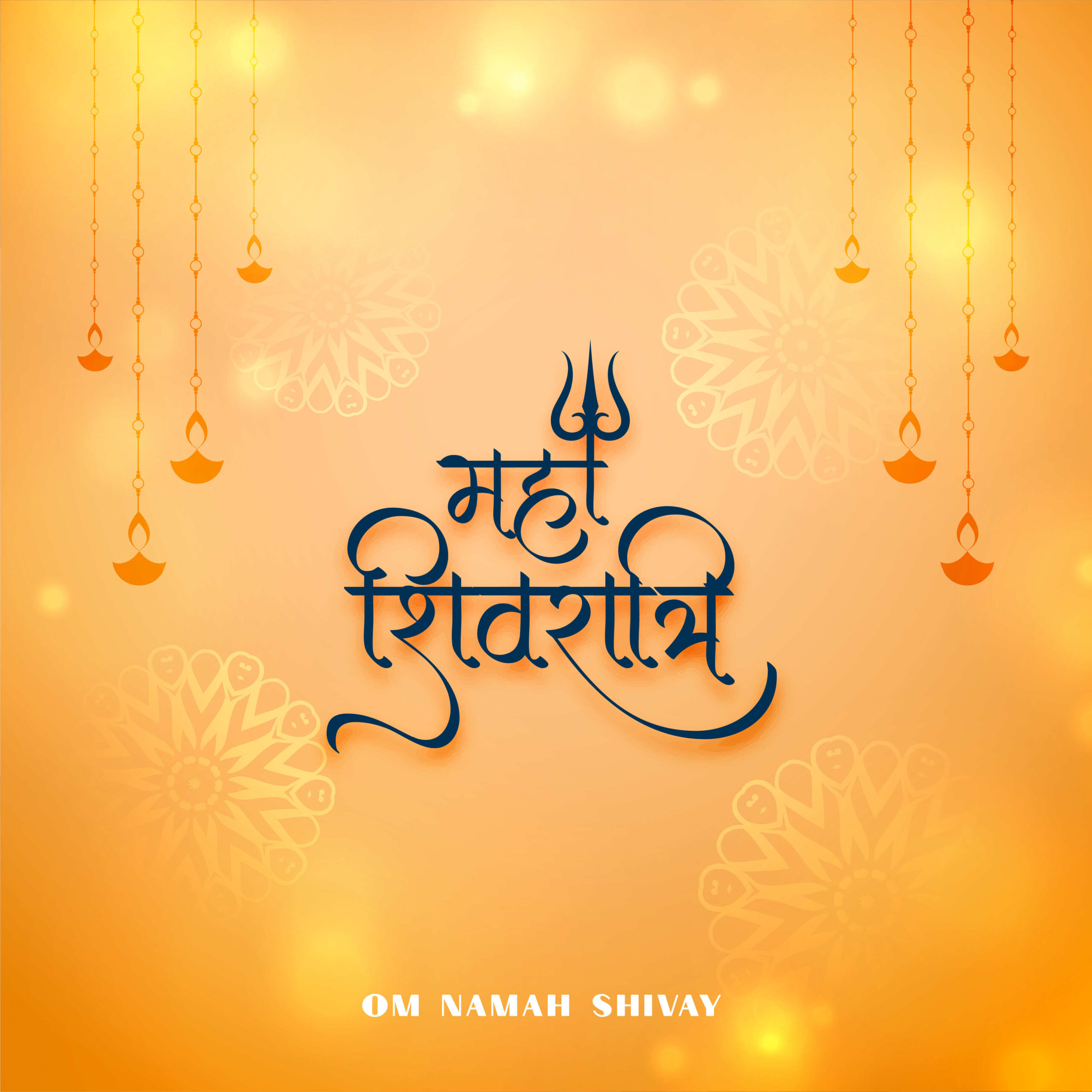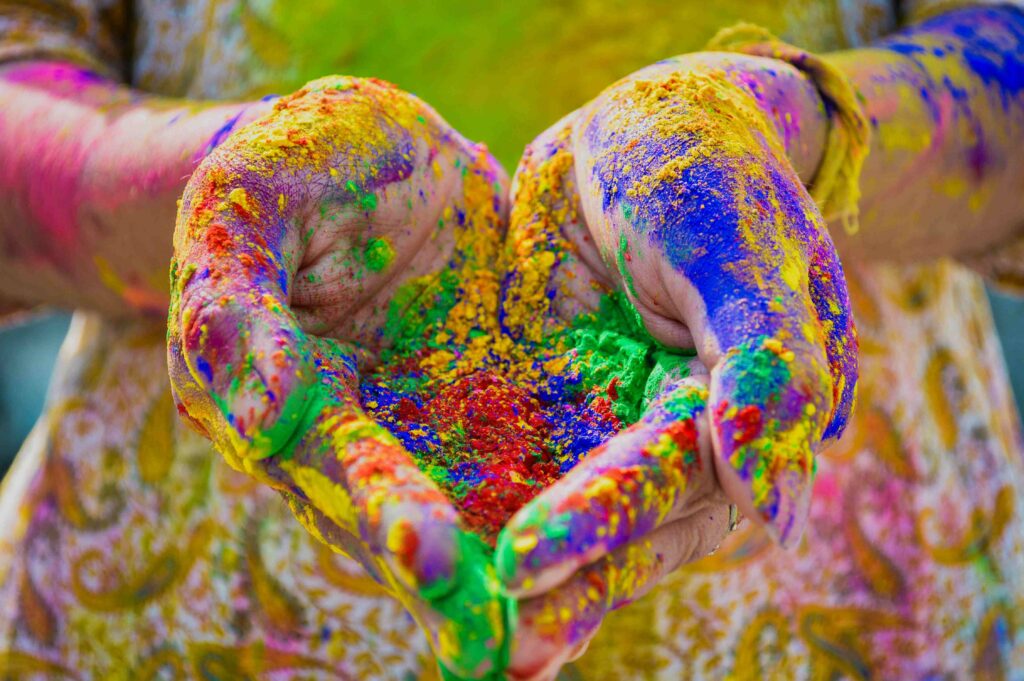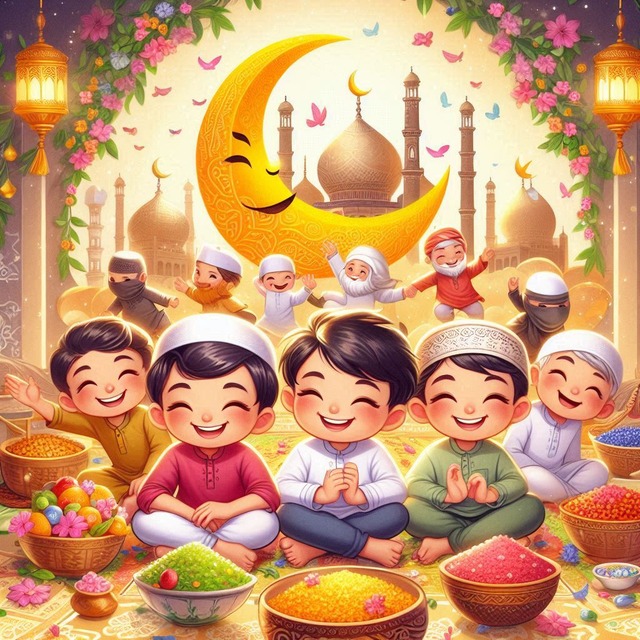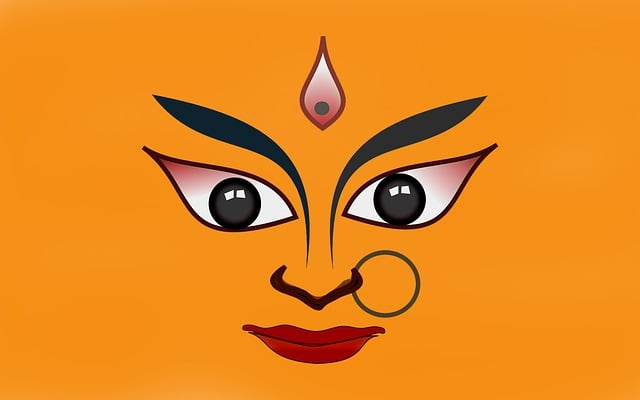MahaShivaratri is an important festival for those who follow Lord Shiva, the supreme god in Hinduism. It falls on the fourteenth day of the dark half of the Hindu month of Phalguna, usually in February or March, and is considered highly significant by Shaivites.
During MahaShivaratri, devotees stay up all night, participating in spiritual practices like puja, aarti, chanting Vedic mantras, Shiv Chalisa, meditation, and sadhana. These rituals are believed to bring about a sense of peace and positivity, contributing to a joyful life.
Breaking down the term MahaShivaratri, “Maha” signifies great, “Shiva” means auspicious, and “Ratri” stands for night or a time of rest and comfort. In essence, MahaShivaratri is the great night dedicated to Lord Shiva, symbolizing a period of divine consciousness that alleviates various problems and instills a connection with truth, love, beauty, peace, and benevolence.
Significance of MahaShivaratri:
• According to the lunar cycle, there are 12 Shivaratris in a year, with MahaShivaratri considered the most auspicious. Ancient Indian seers believed that praying to Lord Shiva while staying awake on this divine night helps in developing inner consciousness.
• Astrologically, MahaShivaratri sees a unique alignment of the sun and moon, believed to elevate the mind. Indian astrologers recommend using this auspicious day for spiritual practices, meditation, and experiencing a natural surge of energy in the spine.
• The marriage of Lord Shiva and Goddess Parvati is said to have taken place on MahaShivaratri. Devotees celebrate by worshiping the Shivalinga with offerings like milk, water, honey, flowers, and BelPatra. Many observe a complete fast, seeking blessings from the Lord with great reverence.
• The concept of Mahashivratri is about recognizing the oneness of the individual soul with Lord Shiva. It’s an ideal day for spiritual seekers to meditate and delve into the higher truths of life.
• According to the Shiva Purana, fasting on this MahaShivaratri is believed to yield the benefits equivalent to a year’s worth of rigorous prayers.
MahaShivaratri Rituals:
Devotees should start the day with their usual routine and make a resolution (Sankalp) to observe a full-day fast, breaking it only after the final midnight aarti or the next day after a bath. Taking a second bath in the evening before visiting a Lord Shiva temple is recommended. Shivaratri puja, involving offerings of water, milk, curd, honey, flowers, and a Diya, can be performed once or multiple times during the night. Devotees stay awake in Shiva temples, listening to stories, singing bhajans, and chanting mantras to praise Lord Shiva and seek His blessings.
Mantras to chant on Shivratri:
• Panchakshari Shiva Mantra: Om Namah Shivaya
• Rudra Mantra: Om Namah Bhagavate Rudraya
• Rudra Gayatri Mantra: Om Tatpurushaya Vidmahe Mahadevaya Dhimahi Tanno Rudrah Prachodayat
• Maha Mrityunjaya Mantra: Om Tryambakam yajaamahe sugandhim pushtivardhanam, Urvarukamiva bandhanan-mrityor mukshiya maamritat
Legends about Mahashivratri:
MahaShivratri is surrounded by several Hindu legends that highlight the significance of this auspicious festival and underscore the supremacy of Lord Shiva over other deities.
One well-known myth revolves around the Churning of the Ocean (Samudra Manthan), during which a pot of poison emerged, posing a threat to the world. In a selfless act to save the universe, Lord Shiva consumed the poison, holding it in his throat and turning it blue. This heroic deed is believed to have taken place on the night of MahaShivratri, and the festival is observed to honor Shiva’s sacrifice .
According to another legend, the holy river Ganga descended from the heavens, and on the night of Shivratri, Lord Shiva used his matted hair to cradle the Ganges, facilitating its gentle descent to Earth. Devotees commemorate this event by offering the sacred waters of the Ganga on Shivalinga.
A different story associated with MahaShivratri is the celebration of Lord Shiva’s marriage to Goddess Parvati. It is believed that observing a day-long fast and worshiping Lord Shiva with great devotion on this day can eliminate bad karma and bring positive changes to a devotee’s life.
For Shaivites, Shivratri is a gesture of gratitude towards Lord Shiva for saving the world from the poison that emerged during Samudra Manthan. The merciful Lord drank the poison, storing it in his throat and turning it blue, earning him the name Neelkanth.
A tale from the Shiva Purana reveals that Goddess Parvati asked Shiva about the most pleasing ritual for devotees. Lord Shiva disclosed that the 14th night of the new moon in the month of Phalgun, celebrated as Shivratri, is his favorite day. Devotees honor this day with strict spiritual discipline, offering bel leaves and Ganga water, which are particularly precious to Lord Shiva.
Lastly, a legendary aspect of MahaShivratri is associated with Shiva’s Tandava Nritya, the dance symbolizing creation, preservation, and destruction. It is believed that through this divine dance, Lord Shiva saved the world from imminent destruction.
celebration of Mahashivratri in different parts of India:
MahaShivaratri is celebrated with fervor and diverse traditions across different parts of India. Here’s a glimpse of how the festival is observed in various regions:
North India:
In North India, especially in states like Uttar Pradesh and Uttarakhand, pilgrims flock to the famous Shiva temples such as Kashi Vishwanath in Varanasi and Kedarnath in Uttarakhand.
Devotees participate in processions carrying idols and images of Lord Shiva through the streets.
All-night vigil (Jagran) is common, with people engaging in bhajans, kirtans, and recitation of Shiva scriptures.
South India:
In the southern states of Tamil Nadu, Karnataka, Andhra Pradesh, and Telangana, the festival is marked by elaborate temple decorations and special rituals.
Devotees perform Abhishekam (ritual bathing) of Shiva Lingam with milk, honey, yogurt, and other sacred substances.
Temples organize cultural events, dance performances, and processions.
Western India:
In Maharashtra and Gujarat, Maha Shivaratri is celebrated with community gatherings and nightlong bhajan sessions.
Devotees often fast during the day and break it after performing special pujas at local Shiva temples.
Eastern India:
MahaShivaratri is celebrated with fervor in West Bengal, Assam, and Odisha, where devotees engage in heartfelt prayers and devotion. Temples, particularly those dedicated to Lord Shiva, attract a significant influx of worshippers. The festival is marked by community gatherings and extended bhajan sessions throughout the night. The festive atmosphere is heightened with traditional dance and music performances.
Himalayan Region:
In the Himalayan states like Himachal Pradesh and Jammu and Kashmir, MahaShivaratri is celebrated with great enthusiasm.
Pilgrims undertake arduous journeys to the Amarnath Cave or other revered Shiva shrines in the region.
Central India:
In Madhya Pradesh and Chhattisgarh, MahaShivaratri is observed with fasting and nightlong worship.
Devotees visit Shiva temples to offer prayers and participate in cultural events.
While the basic elements of devotion, prayer, fasting, and nightlong vigil are common across India, the regional variations in customs and rituals contribute to the rich diversity of MahaShivaratri celebrations in the country.
Summary:
The Hindu festival of MahaShivaratri is celebrated on a grand scale, with devotees observing it both during the day and throughout the night. Many participate in Jagran (staying awake), singing religious hymns, and listening to stories of Lord Shiva. A significant number of devotees observe a strict one-day fast, breaking it after offering prayers to Lord Shiva the following day. Vedic texts suggest that this divine night brings profound serenity and benevolence, emphasizing that chanting mantras and practicing meditation on this day is exceptionally potent, being a hundred times more effective.




